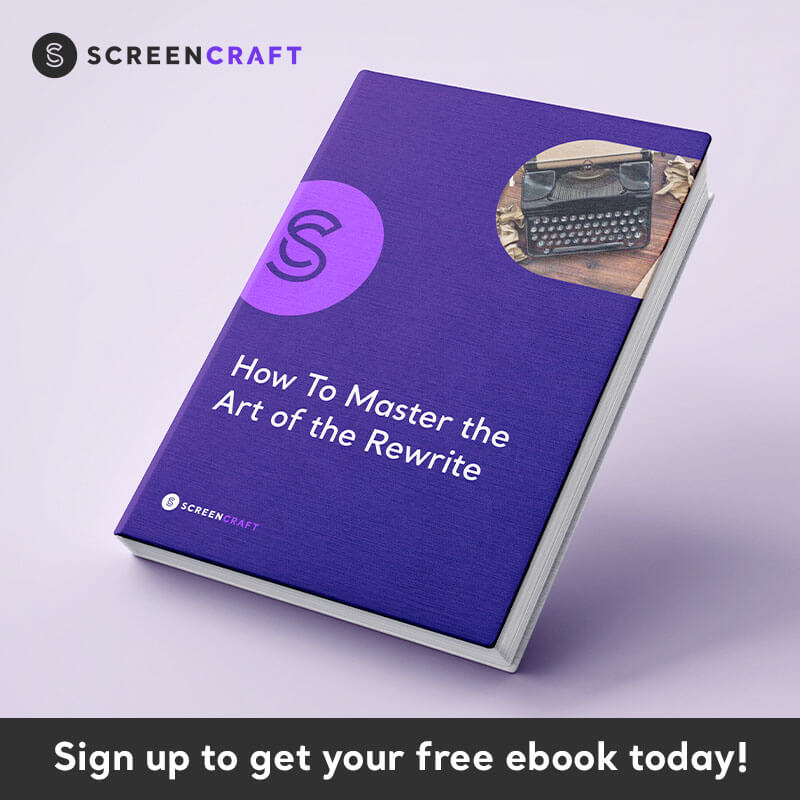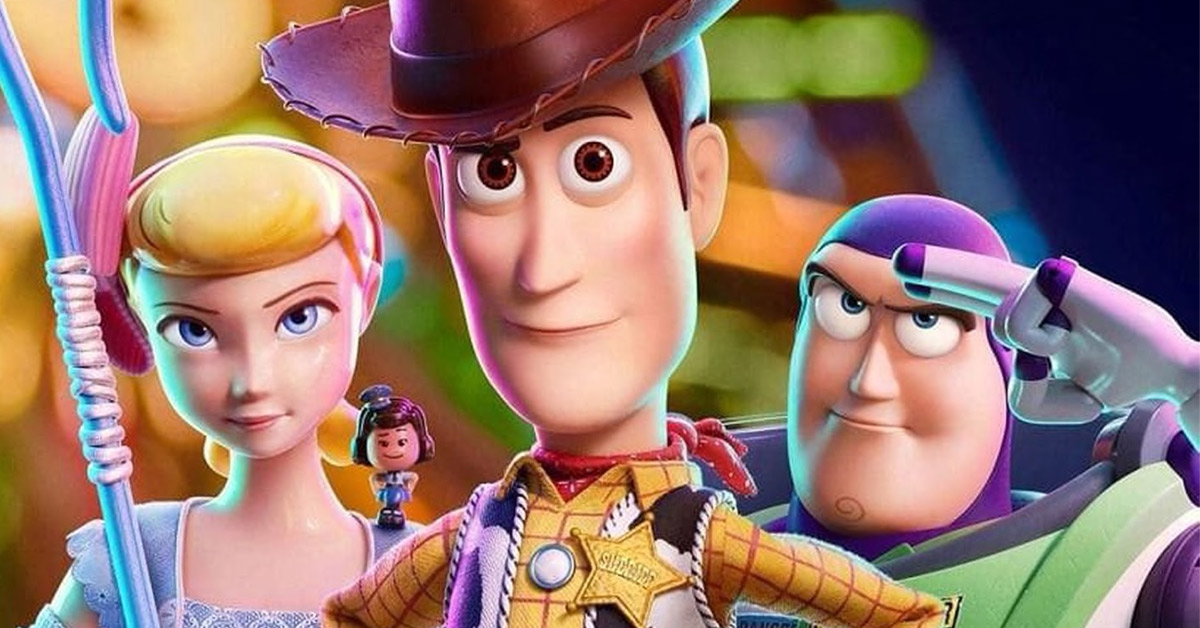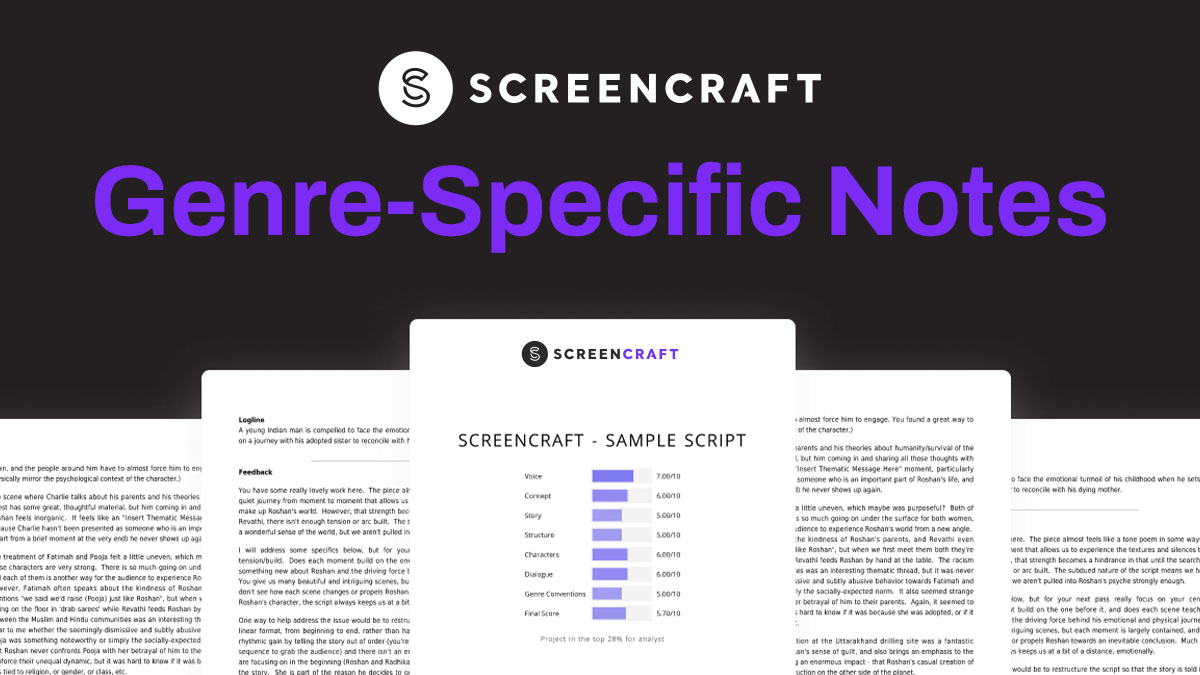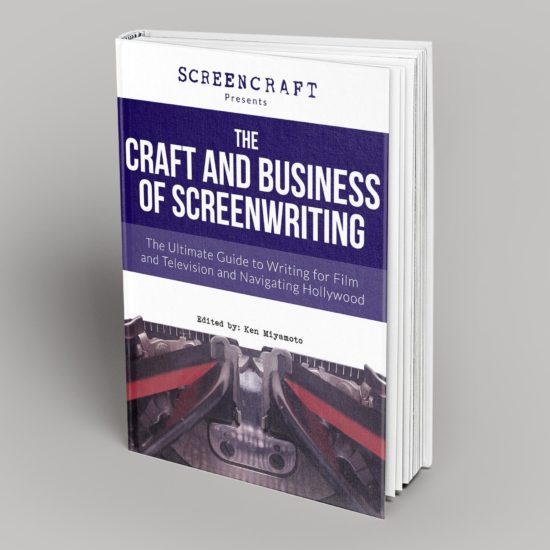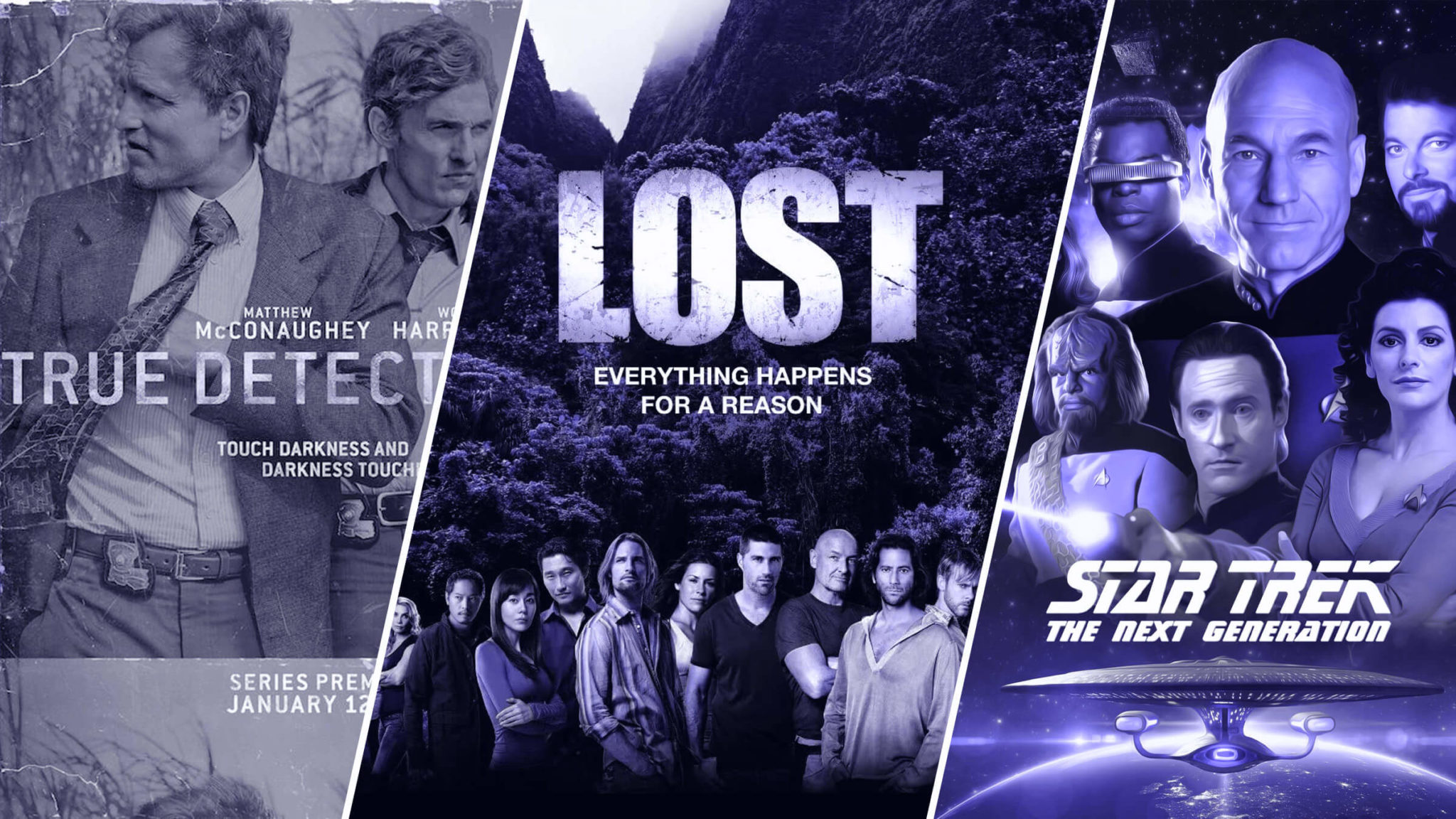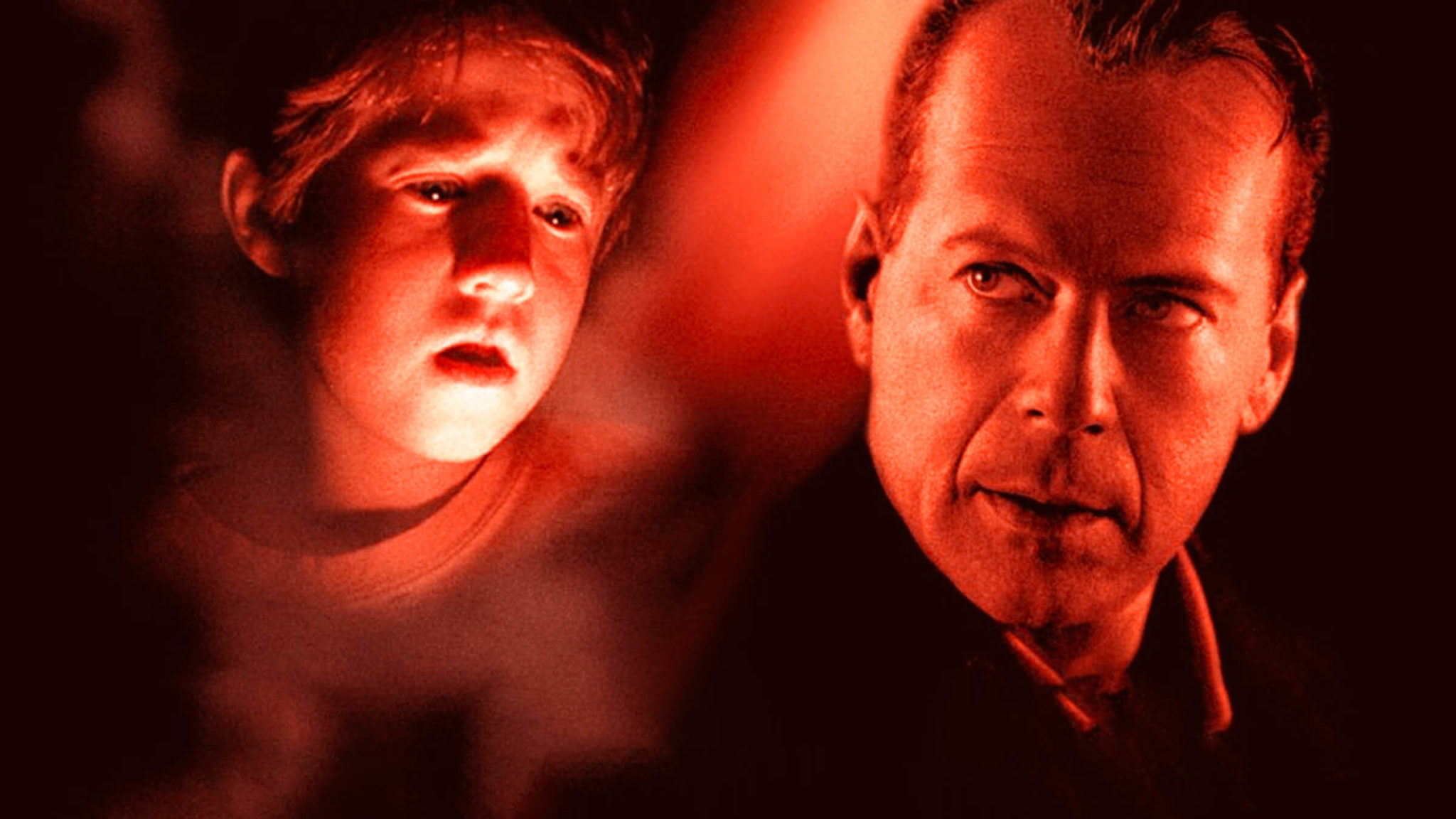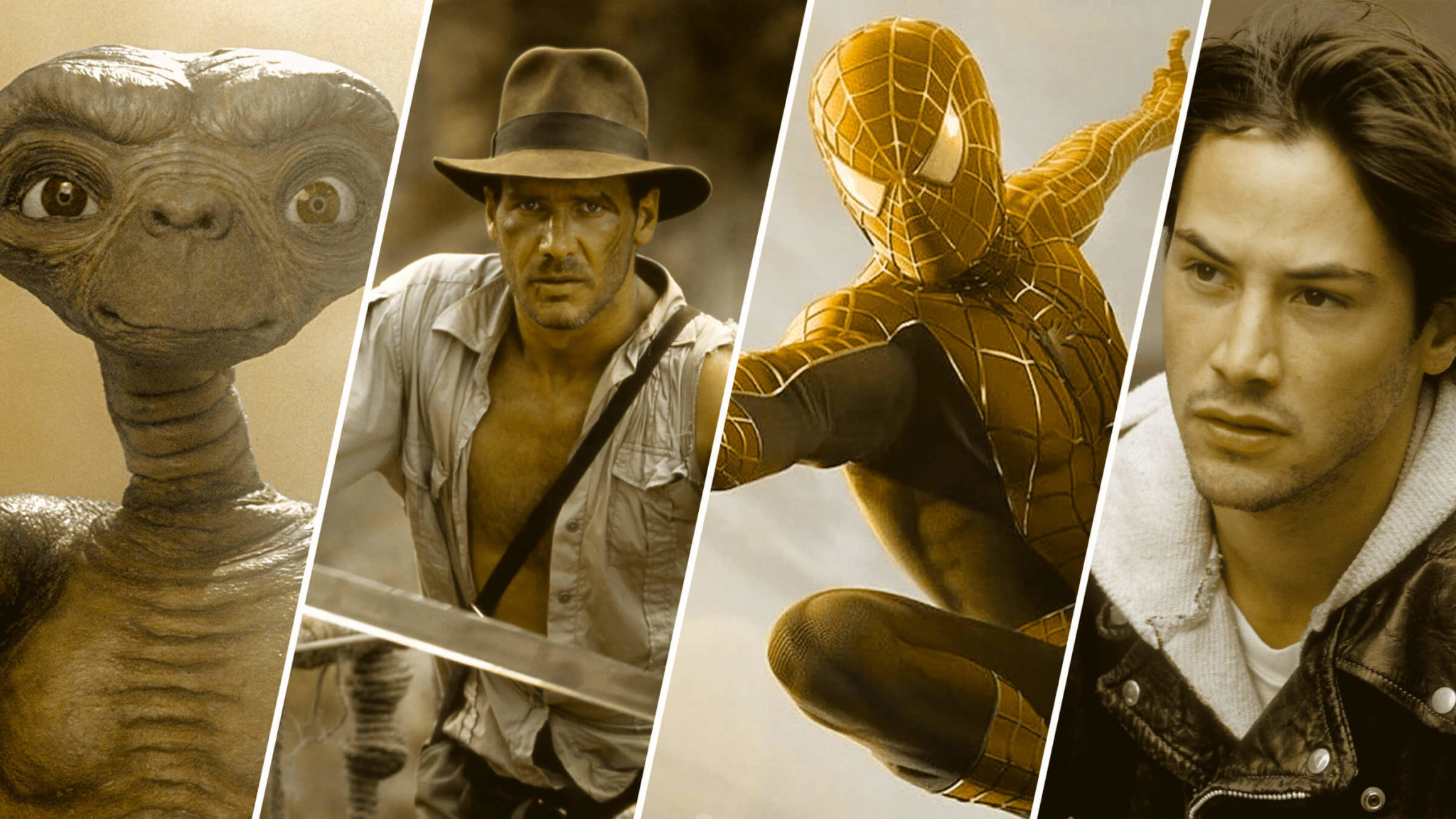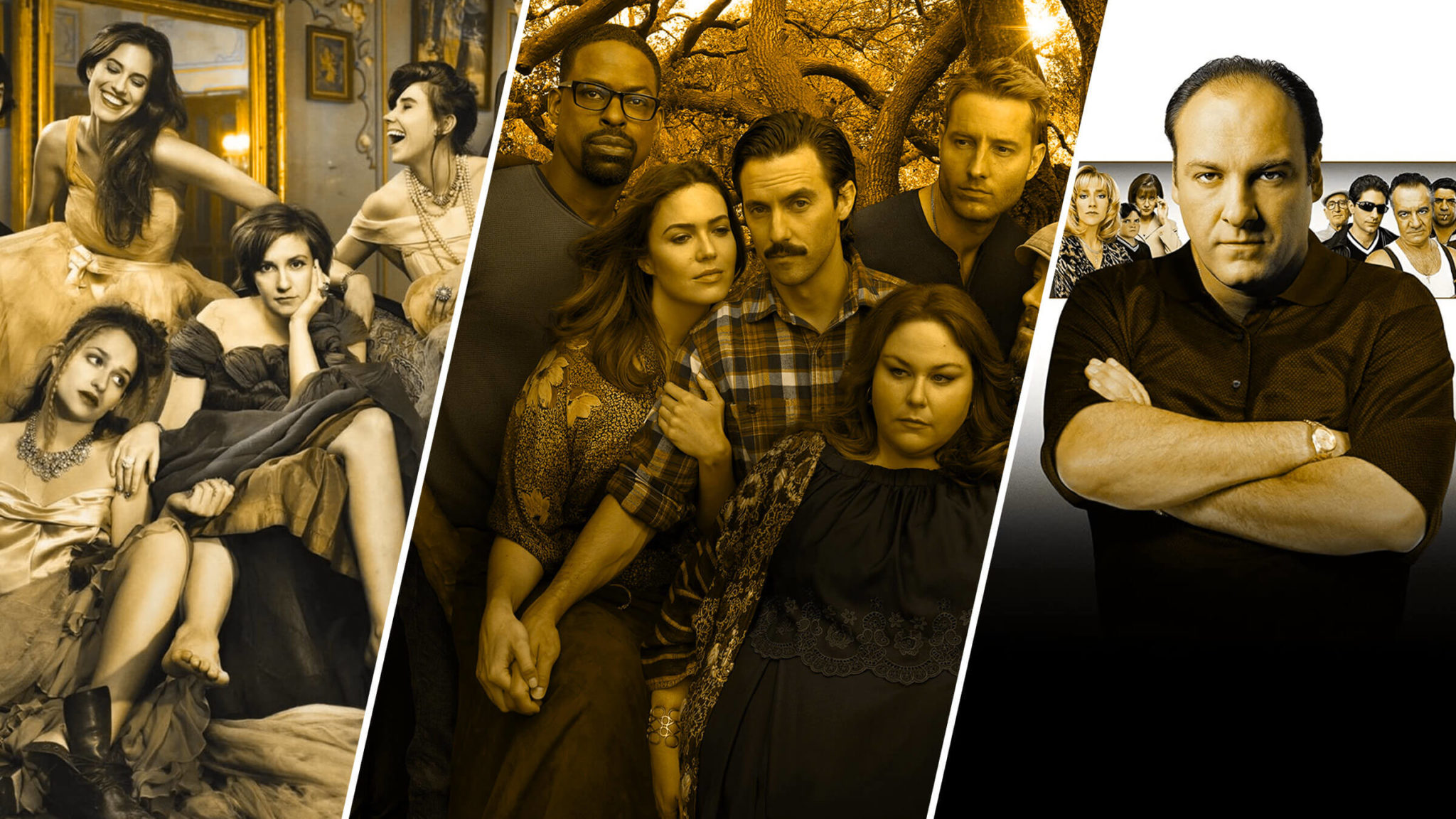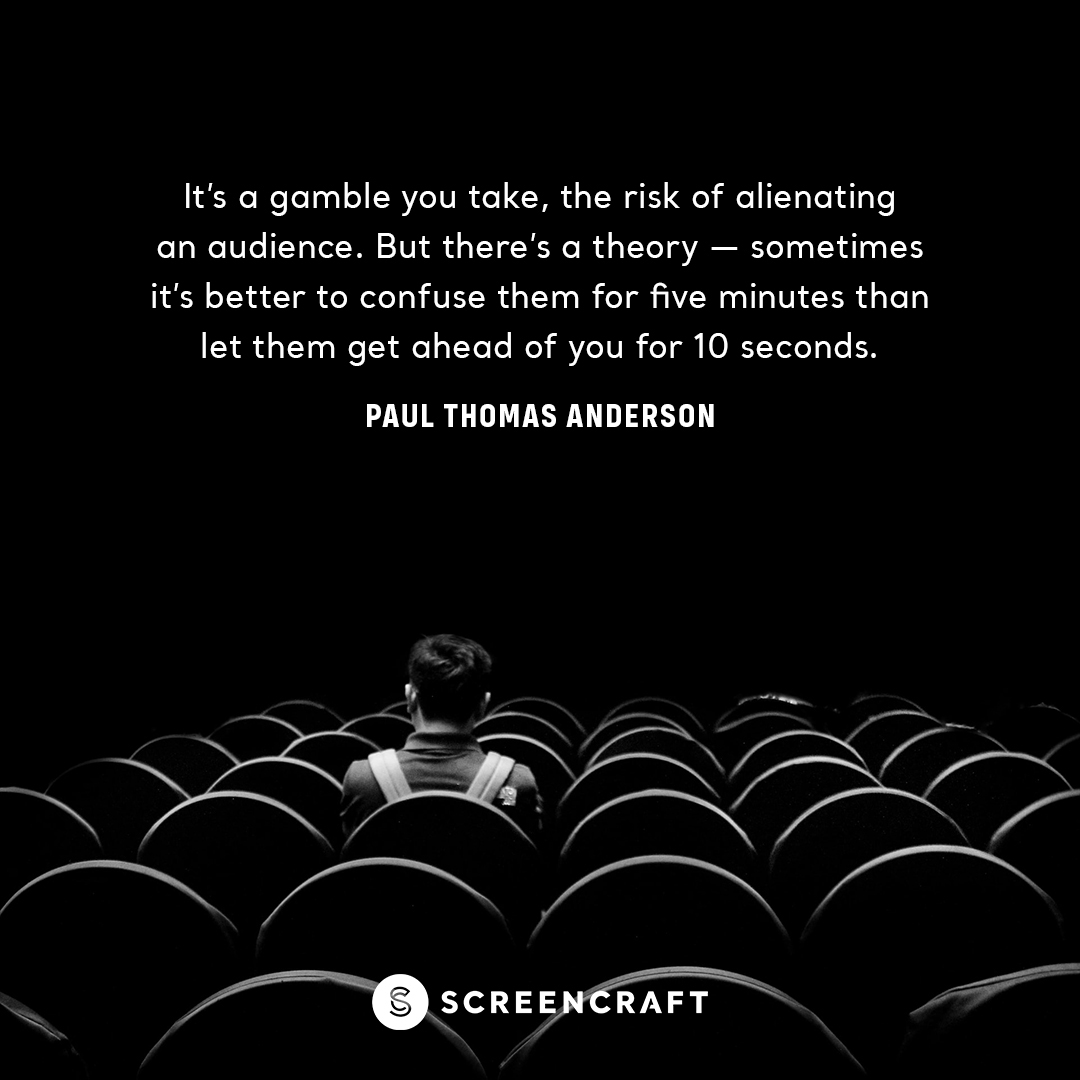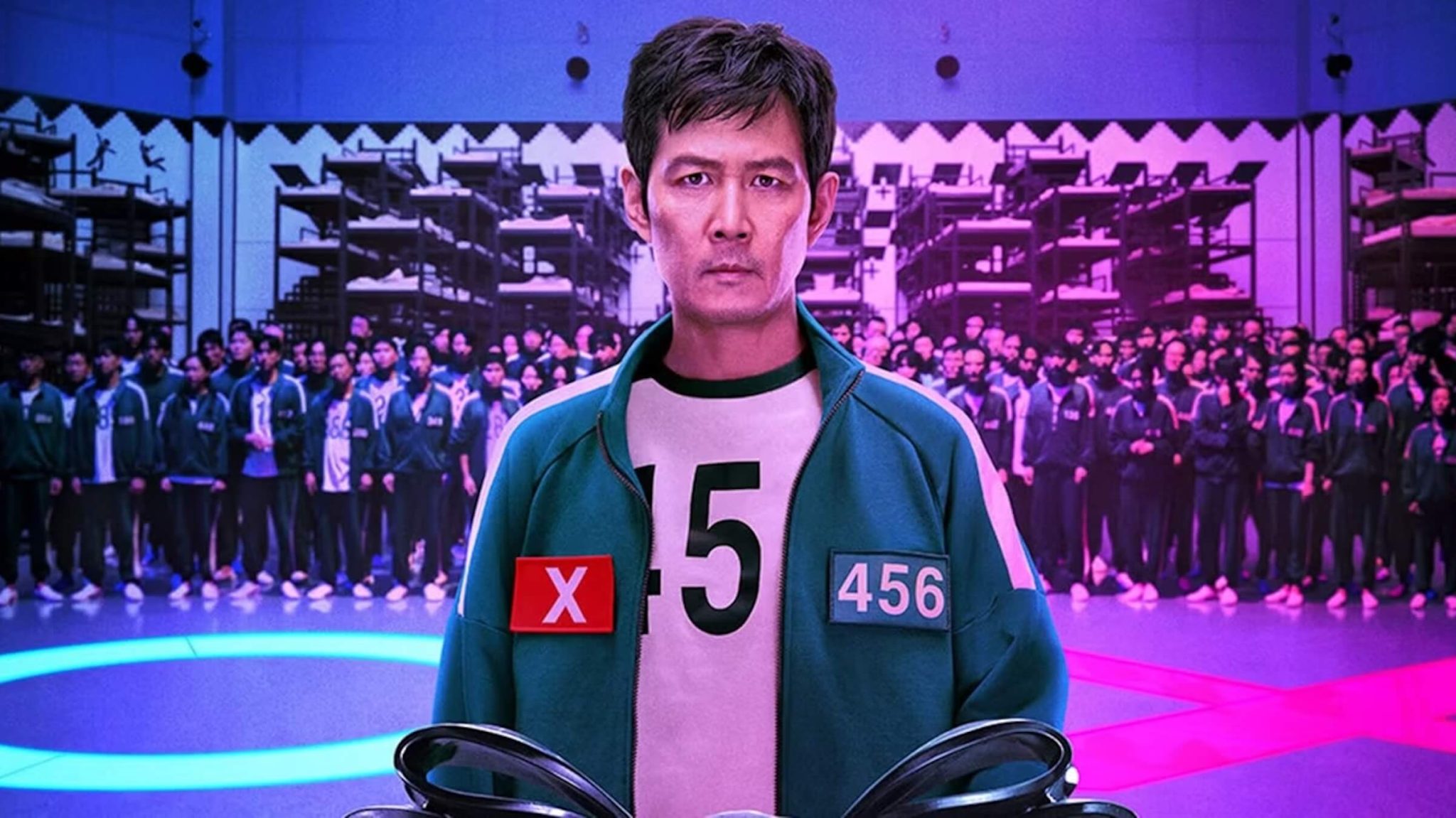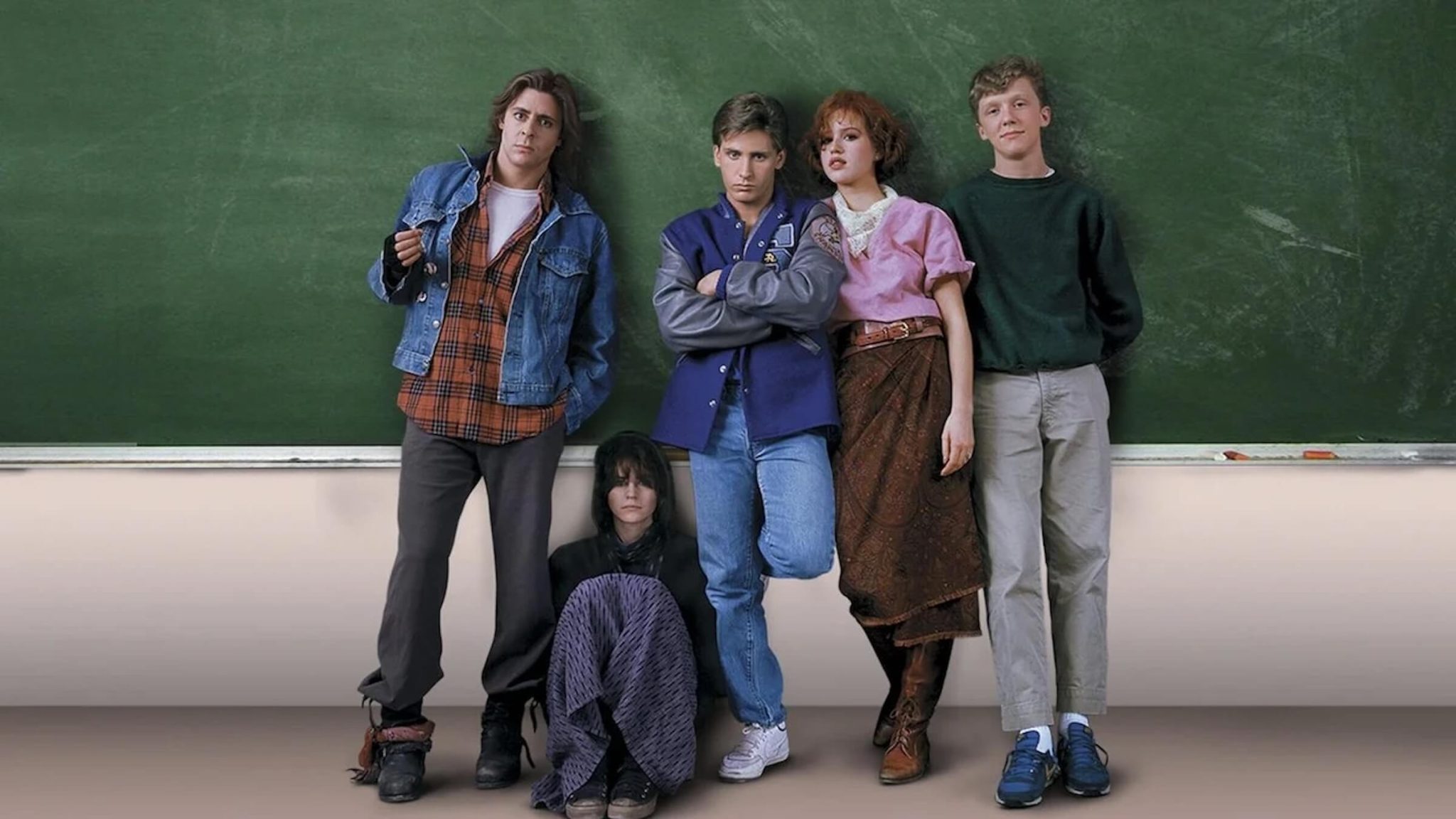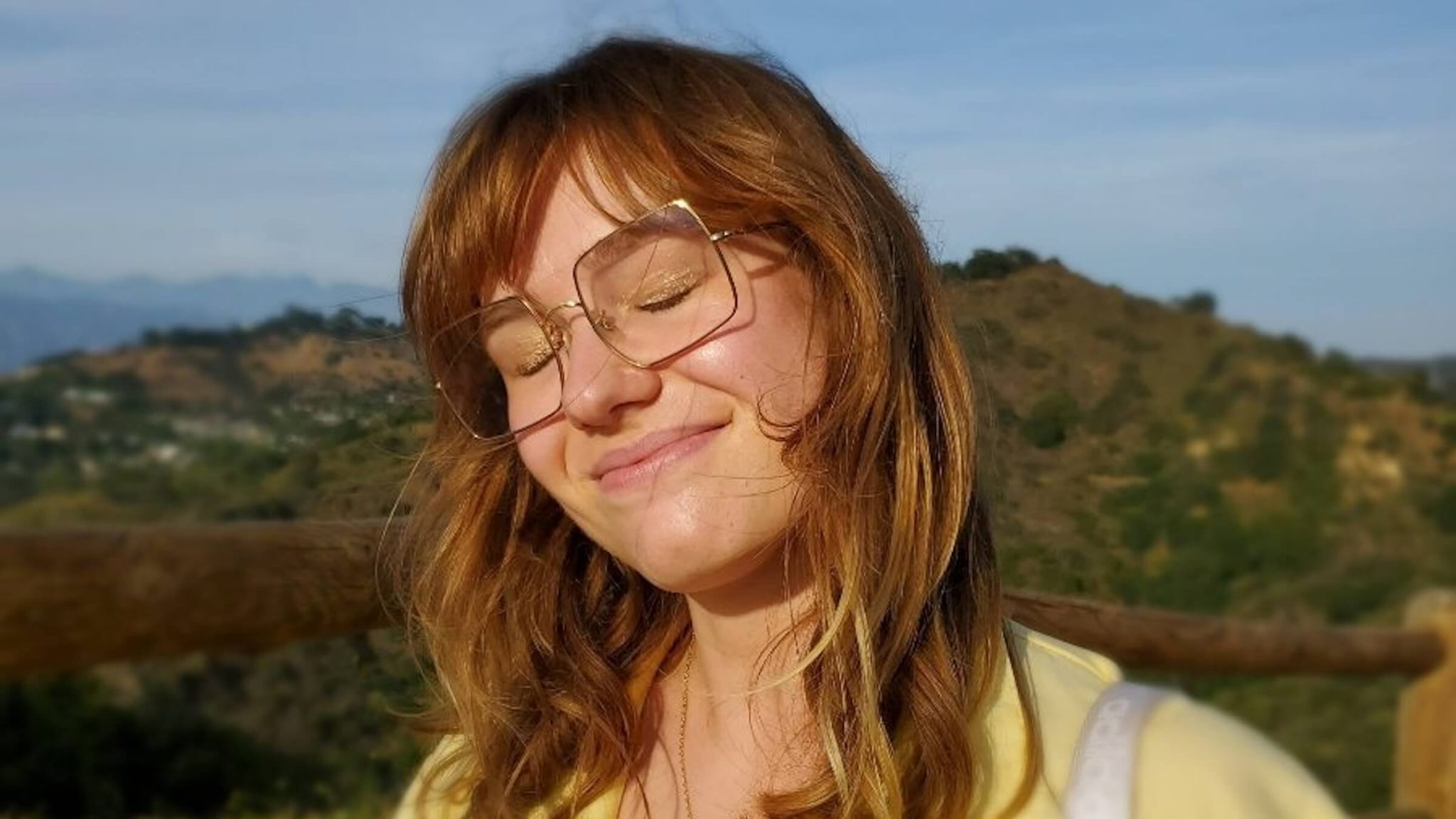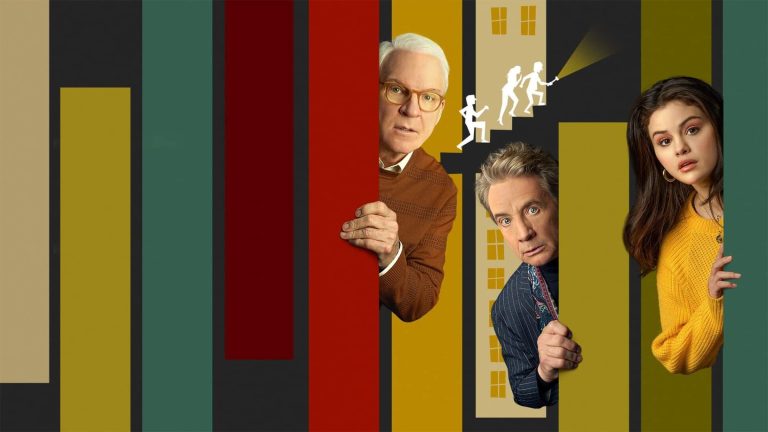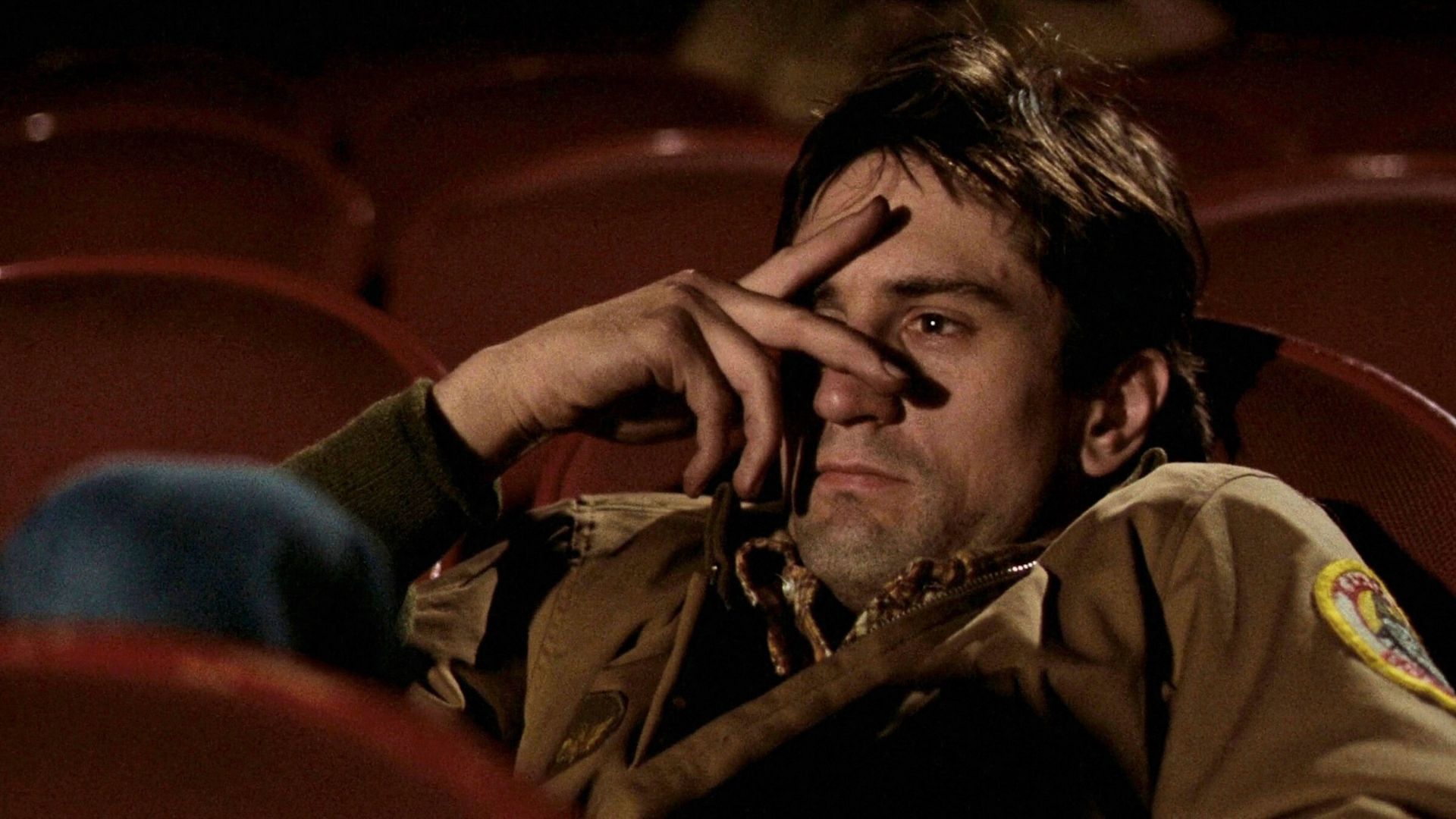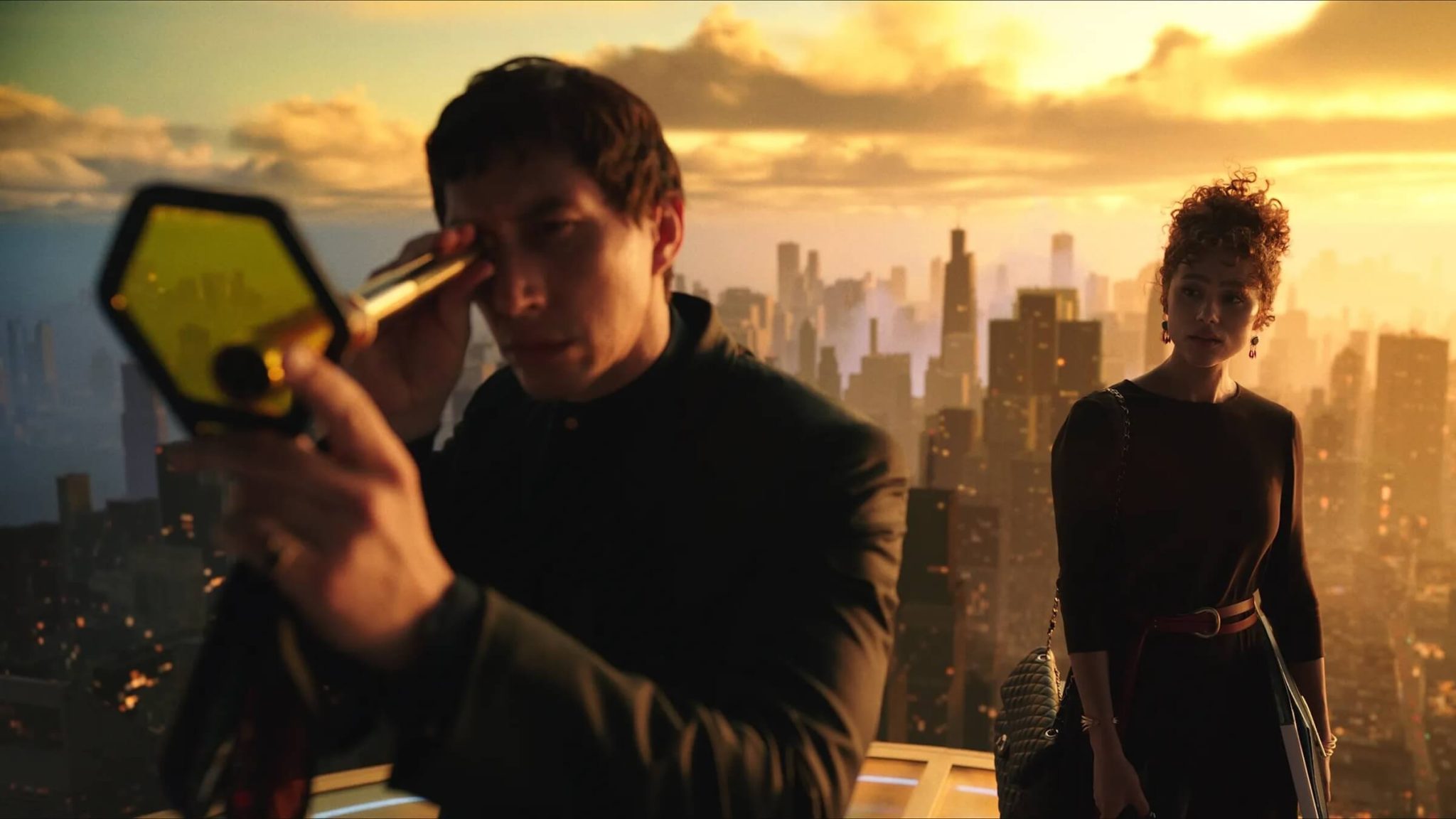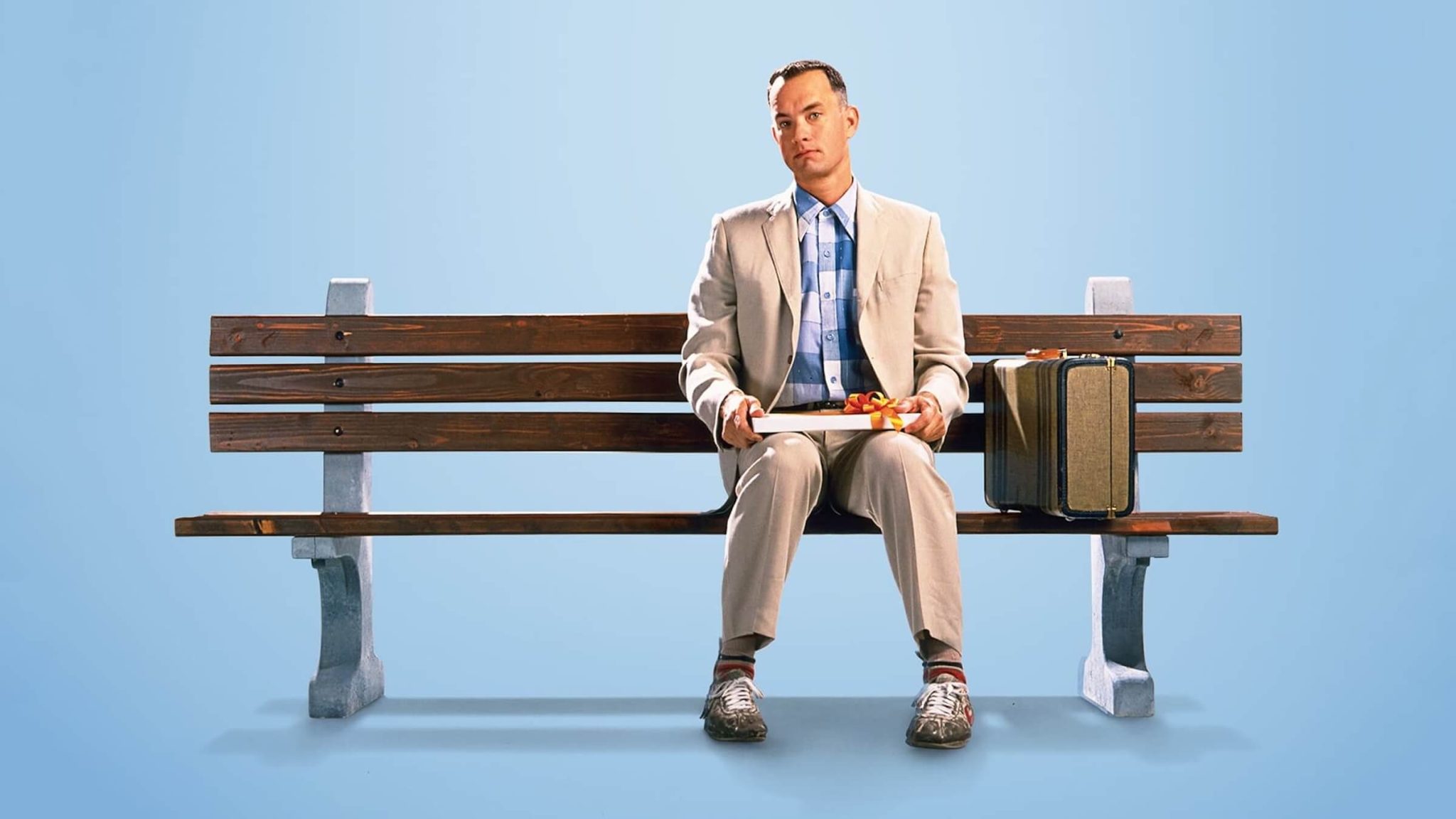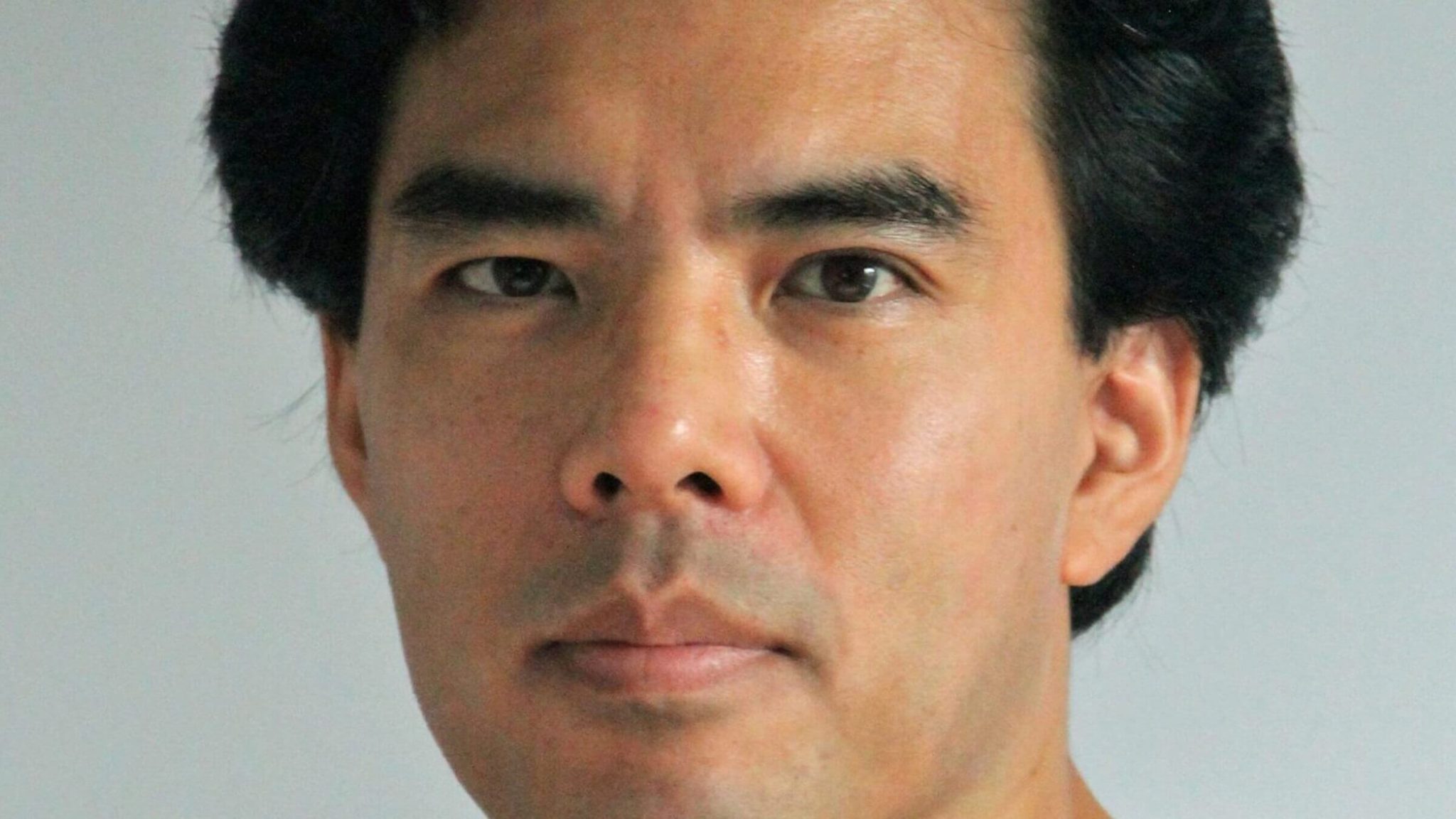11 Screenwriting Insights from the TOY STORY 4 Writers
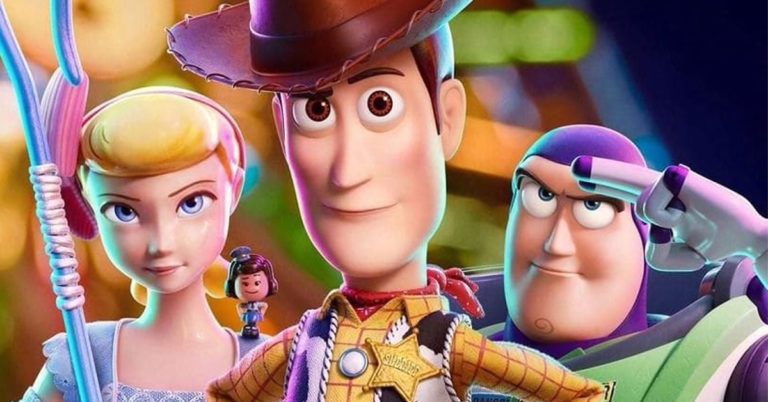
The film Toy Story (1995), created a deeply emotional world of both nostalgia and personal triumph that at the time seemed unparalleled in the realm of digital animation. It became an instant classic. While the magic easily lasted for two sequels, many weren’t sure if a fourth installment could keep the experience going. Luckily, Toy Story 4 soared by synthesizing the familiar characters with new ones and addressing loss that comes with growth over time. The movie is such a standout that film critics Peter Debruge and Owen Gleiberman of Variety both named TS4 one of the top 10 films of 2019.
Download the screenplay for TOY STORY 4 here for free.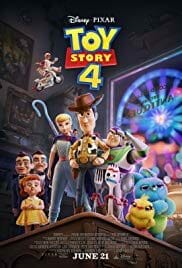
The film’s success was not without a 5-year, 10 draft-journey full of blood, sweat and a deep dive into a spork’s identity crisis (the character Forky, voiced by Tony Hale). Screenwriters Andrew Stanton and Stephany Folsom share details of developing Toy Story 4 from script to screen with Jeff Goldsmith on his enlightening podcast The Q&A.
Here are the 11 best takeaways from The Q&A podcast featuring Andrew Stanton and Stephany Folsom.
1. Preparing for a Career in Animation (or Being in the Right Place at the Right Time)
After graduating from The California Institute of the Arts, Andrew Stanton began his career in animation with TV’s Mighty Mouse: The New Adventures (1987). While he enjoyed the gig, he admits to being unemployed for three years after that. Luckily, he didn’t give up.
“I had two student films that were doing really well in the festival circuit – this was the late ‘80s, when there was no such thing as the internet,” says Stanton. “The only way you could see a short animated or live-action video was at a festival where they’d show it in a theater. That’s where Pixar and John Lasseter were showing the Luxo lamp shorts and I got to know him through that festival circuit. That’s how my name was in the air when they went from the start-up of nine or 10 people to adding a couple more animators, so I was just one of the lucky ones, at the right place and right time.” Stanton shares this advice: “It’s always good to have your work out there even if you’re not being paid for it, so people know you exist.”
Do you have a great animated script? Submit it to our Animation competition!
2. Using the Frustration to Propel You Forward
Writer Stephany Folsom’s journey was a bit different than Stanton’s. She worked as a copywriter for TV commercials, which she says, “Is pretty good training for working in films, having to turn things around that quickly.” But she knew she wanted to write movies and her dream seemed farther away each day. Worried that her screenwriting career would never get off the ground, she contemplated moving back in with her parents. Out of that frustration, came a gem of an idea.
“I decided I would just write a script about everything I loved, which was space and Stanley Kubrick. I took this angle of a female PR agent having to wrangle Stanley Kubrick to fake the moon landing. I think because it came out of so much anger and frustration and things I actually loved, it hit a note with people.”
Her screenplay 1969: A Space Odyssey of How Kubrick Learned to Stop Worrying and Land on the Moon landed her on the 2013 Black List. Everything came together after that.
3. The Pixar Brain Trust
Podcast host Jeff Goldsmith refers to “The Pixar Brain Trust” as Brad Bird, Lee Unkrich, Pete Docter and Andrew Stanton, four of the original creators that helped establish Pixar as an animation powerhouse. So, what exactly is the purpose of the “Brain Trust?”
“The way I always describe it,” says Stanton, “is that we formed the band, let’s call it the Beatles. Suddenly they said, ‘Great! You made a great first album but the only way we can exist financially is if you make four albums and you all have to individually make one so we can make them in time.’ We were like, ‘The only reason that album is good is because we stayed together as a band.’ So, we had to find a way to branch out and make more movies at once and still use the chemistry of whatever made us good in the first place. We called it the Brain Trust so there was some name of who had to get into the room to help get that mojo. It’s never been a judge and jury; it’s never been a voting system – just how do we get that spark when these people play in a room together.”
4. Stanton Carried the Torch for Toy Story 4
While many people scratched their heads at the thought of a fourth film in the Toy Story franchise, Stanton said he didn’t see the reason to stick to the rule of threes. Besides, the idea for TS4 came easily to him.
“The minute I thought of [Toy Story] 3, I thought of 4,” says Stanton. “The idea that there was more to this world was always there. I had this epiphany after a two-day retreat.” The big idea was a simple one. “What if we stopped being scared of time and let Andy go to college? Everybody laughed then sobered up and said, ‘What if we did that?’ This is why we go to movies, to be surprised.”
Stanton sees the world of toys as just as complex as the human world. “The experience of what a toy can experience is infinite - when you just go with the truth of it, not trying to think of franchise. I just think this place really exists, these toys really go through what we go through in our world and it’s infinite… and that made me realize we had to handoff to another kid. The Bonnie handoff was always loaded.” Bonnie is voiced by Madeleine McGraw in the film.
5. Adding Stephany Folsom to the Brain Trust
After writing an uncredited draft of Thor: Ragnarok, Folsom says she was asked to take a meeting at Pixar but admits she didn’t know she was meeting about TS4 until she was in the room with the director Josh Cooley and other producers including Stanton. When she found out, her reaction was the same as everyone else’s: “Why are you making Toy Story 4?” But Stanton explained to Folsom that Woody’s story isn’t over yet. “I was like, ‘Oh, this is interesting! What do you have so far?’”
She was surprised to learn they were putting much of the past story aside and starting from scratch. The plan was to go back to Stanton’s original treatment and dig deep. One character, in particular, had stayed in Folsom’s mind.
“I’ve always wondered what happened to Bo Peep after Toy Story 3,” she said. While the possibilities of Bo Peep’s adventures filled her imagination, there was another storyline that she thought also needed a resolution.
“Woody made a great sacrifice for his friends at the end of Toy Story 3, but he never got a real ending. His friends did, and I thought this is going to be a really fun exploration. This is what making movies at Pixar is, an exploration… It’s not like you go in with a big game plan and know what target you’re hitting. You just have some broad arcs. You collaborate with the story artists and just try to figure out what the heck is this thing and what’s going to hit those emotional chords the most,” Folsom says.
6. Characters Refining Themselves After Loss
After several Brain Trust meetings, Folsom says they really keyed into the idea that the characters are redefining themselves after the loss of a loved one. “Bo Peep has suffered a loss, Woody has suffered a loss, even Forky, he’s lost his identity as being a fork and he’s trying to figure out who he is. It’s like, what do you do when the world hands you an un-ideal situation? How do you define yourself in a way that can be better? How do you adapt?”
It may seem unorthodox to ask such huge existential questions in a kid’s movie, and for the most part, it is. But going deep into characters and their relationships is what has allowed for the franchise to thrive.
7. 10 Drafts Over Five Years
For each draft of a screenplay, Pixar creates an animatic, a rough digital version of the film but with temporary graphics and sound. Stanton describes the process this way, “I don’t know if anyone understands theater but when you workshop a play in theater, you’re putting it up on its legs - not even as a dress rehearsal but with chairs and tables and actors in their clothes to see what it feels like to see my play put up. Then I’ll purposely rewrite based on what I discover. That’s what we do. We workshop the play every four months knowing it’s not going to work, knowing it’s not good enough, but to inform us there’s a certain part of your brain that doesn’t let you have access to it until you’re performing in front of an audience with your pants down and you suddenly realize, ‘Oh, this doesn’t work, this isn’t funny or we need something here.’”
Learn how to master the art of the rewrite with this free guide.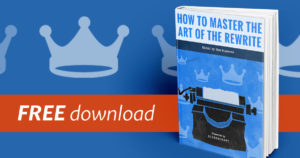
8. Making a Pixar Film is Like Writing Jazz
As writers of a Pixar film, they work with an entire story department – artists, dramaturges, etc. These resources are a real luxury for anyone trying to make a script as best as it can be.
“I loved working with our story team,” says Folsom. “They are just so willing to go on a lark, these crazy avenues, and our head of story Val was so invaluable in helping shape who Bo Peep is and where she was going with all that. It was amazing to write a scene and hand it off to these board artists, just the rough animatic of it, and you read the script as they scroll through the drawings. It’s beautiful to see how they plus everything you did and seeing that makes you go, ‘Oh! If we added this line here or if we did that there it could be a little bit better.’ It is like writing jazz, the ultimate form of collaboration. To visually see what you’ve written and to riff off of that – is a great luxury.”
9. The Small of an Everyday Event
Stanton says the success of the Toy Story franchise is partly due to delving into the mundanity of toys. “One of the biggest things I cracked was the opening of the film [the prologue]. I can’t even say it was logic. There was always a prologue, but I felt it wasn’t an external thing for the audience but almost an internal thing for people inside Pixar. I realized there were generations of people working at Pixar who weren’t on the original, and I said the original was built on the mundanity of toy life. I thought about it and when you add the three movies, it’s about five-and-a-half hours of screen time and about half of that is spent in normal life with a toy. The toys have had about nine years in the house. There is so much interesting stuff, so much real estate to grab from regular toy life and we’ve forgotten about this… Just the power of charm and charisma of being in the small of an everyday event,” says Stanton.
10. Defining Bo Peep Without Her Sheep
Folsom said she struggled to find the true nature of Bo Peep, but she knew the former lamp-turned-toy needed to feel authentic and reflect Woody in a way that seemed true to his story.
“Bo,” says Folsom, “went from being a very traditional, almost princess-like character to a dark pirate character and somewhere in the middle was the real Bo Peep. Keying into her backstory helped too, because she was a champion of Woody, but why was she a champion of Woody?”
Stanton says he always had this idea that Bo was the leader of Molly, Andrew’s sister’s, room. “They were really equals,” says Stanton. “Her day was [very similar] to Woody’s, only her version… They’re the only ones who understand what the other is going through, to be in charge of others.” Giving Bo Peep that power and equality helped to make her a character worth building a movie around.
11. The Toughest Scenes
Not surprisingly, bringing the story to a satisfying close was a real challenge according to Folsom. “The ending took us the most amount of time. That and when Bo and Woody meet for the first time after they’d been apart. Those were the big emotional pillars we had to hit and get them right.”
Toy Story 4 is currently available on DVD and various streaming platforms.
Listen to the full podcast here:
 Shanee Edwards graduated from UCLA Film School with an MFA in Screenwriting and is currently the film critic for SheKnows.com. She recently won the Next MacGyver television writing competition to create a TV show about a female engineer. Her pilot, Ada and the Machine, is currently in development with America Ferrera’s Take Fountain Productions. You can follow her on Twitter: @ShaneeEdwards
Shanee Edwards graduated from UCLA Film School with an MFA in Screenwriting and is currently the film critic for SheKnows.com. She recently won the Next MacGyver television writing competition to create a TV show about a female engineer. Her pilot, Ada and the Machine, is currently in development with America Ferrera’s Take Fountain Productions. You can follow her on Twitter: @ShaneeEdwards
For all the latest ScreenCraft news and updates, follow us on Twitter, Facebook, and Instagram.
Get Our Screenwriting Newsletter!
Get weekly writing inspiration delivered to your inbox - including industry news, popular articles, and more!


